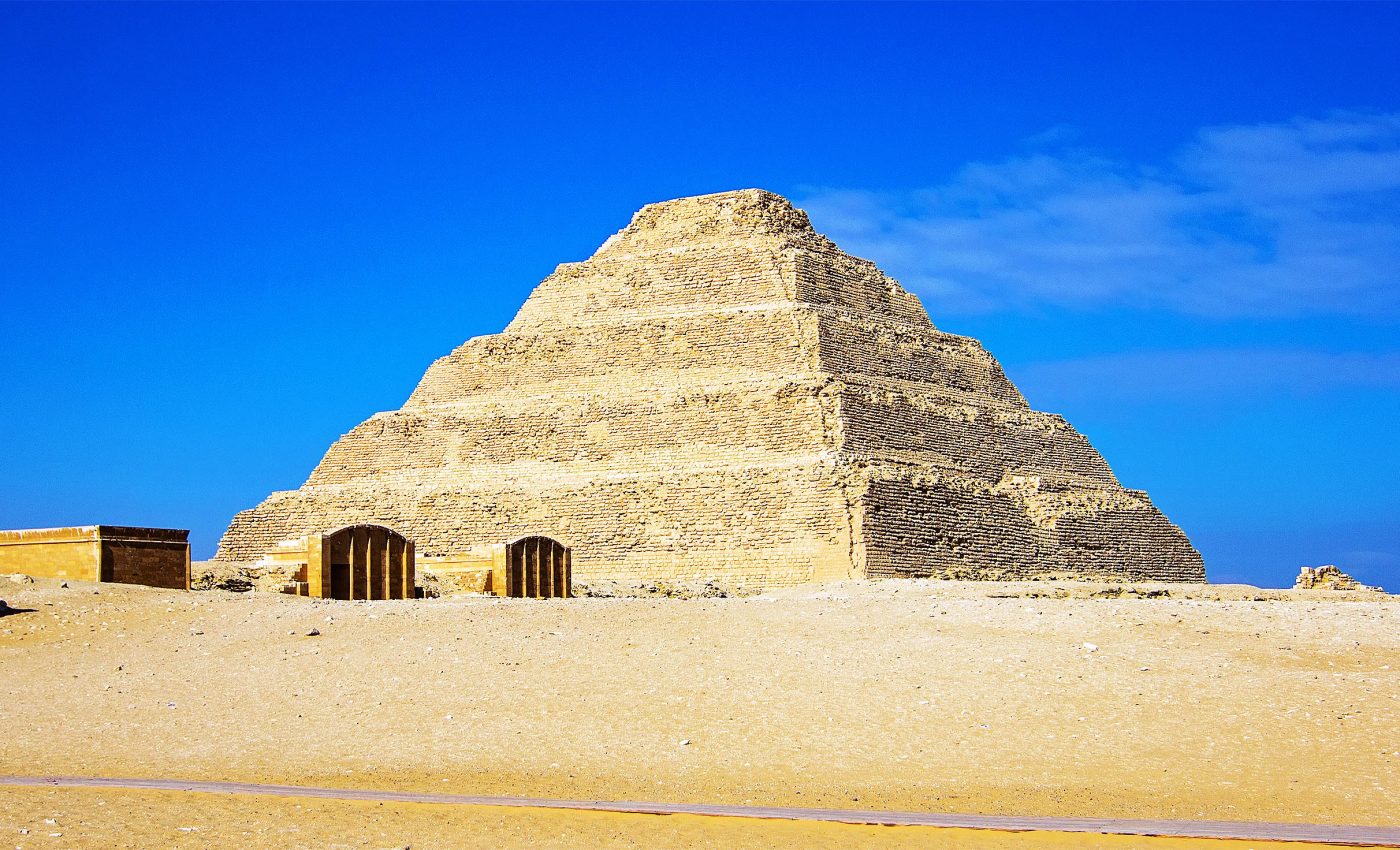
Mystery of how ancient Egyptians built the pyramids may be solved
Who doesn’t love the allure of the iconic Egyptian pyramids? Their grandeur and mystery have captivated us for centuries. But, the means through which they were built has remained perplexing, until now.
Xavier Landreau from CEA Paleotechnic Institute, France, and his stellar team have recently published a fascinating study to solve this mystery.
The spotlight? Pyramid of Djoser, the hero of all the Egyptian pyramids. The team has come up with a unique theory suggesting water-powered engineering may have played a significant role in its construction.
Hydraulic lift for building pyramids
In essence, the study suggests that Djoser, also known as the Step Pyramid, was possibly built with the aid of a hydraulic lift system.
Yes, a hydraulic lift system – in 2680 BCE! The team believes that water was guided to flow into two shafts within the pyramid itself.
This water, in turn, could have been used to elevate a float that carried the monumental building stones.
The Djoser Pyramid was constructed during the reign of the Third Dynasty pharaoh Djoser and has always been a subject of debate among historians and archaeologists.
The hydraulic lift theory now adds a compelling new perspective to this ongoing discourse.
Gisr el-Mudir dam
Landreau and his team suggest that the mysterious Gisr el-Mudir enclosure near the pyramid may have functioned as a “check dam” to capture water and sediment.
This brings us to another unique part of the theory – a likely water treatment facility. This presumed facility, made up of several compartments dug into the ground outside of the pyramid, would allow sediment to settle as water passed through each subsequent compartment.
So, how does this relate to the pyramid? Well, once treated, the water could possibly flow into the pyramid-shafts.
Here comes the fascinating part. The force of the rising water could be used to help transport the building stones.
Understanding pyramid building
The novel hydraulic lift theory not only sheds light on the construction of the Pyramid of Djoser but also invites a reevaluation of the broader context of ancient Egyptian engineering practices.
By positing that such sophisticated technologies may have existed thousands of years ago, this research challenges preconceived notions about the capabilities of ancient civilisations.
Furthermore, it encourages scholars to explore other monuments and structures through a similar lens, potentially uncovering further hidden secrets of engineering ingenuity.
As we delve deeper into the methods employed by the ancient Egyptians, we enrich our understanding of their society, reflecting not just their technological prowess, but also their deep connection to the natural resources that surrounded them.
This study, therefore, is not merely about a single pyramid; it represents a gateway to understanding the dynamic interplay between environment, technology, and culture in ancient times.
Mystery still in the making
However, we need to remember that the journey of discovery is far from over. There are still many questions to answer, like how exactly the water flowed through the shafts, or how much water was even available at that time.
Furthermore, the authors of this study also point out that traditional building methods like ramps were probably used alongside this unique hydraulic lift system. Additional investigations and research are necessary to paint a complete picture.
But there is no denying the excitement surrounding this new understanding.
“A collaborative effort between the newly established research institute, Paleotechnic, and several national laboratories (INRAE, University of Orléans) has led to the discovery of a dam, a water treatment facility, and a hydraulic elevator, which would have enabled the construction of the Step Pyramid of Saqqara,” the authors added.
“This work opens a new research line for the scientific community: the use of hydraulic power to build the pyramids of Egypt.”
The takeaway here is that the past doesn’t always have to remain a mystery. With the right tools and a determined mindset, we can uncover long-hidden truths.
In the end, while the pyramids continue to stand tall, echoing tales from the annals of time, our quest for knowledge remains as fervent as ever.
The study is published in the journal PLoS ONE.
—–
Like what you read? Subscribe to our newsletter for engaging articles, exclusive content, and the latest updates.
Check us out on EarthSnap, a free app brought to you by Eric Ralls and Earth.com.
—–













